I offer professional transcription and translation of old manuscripts, including handwritten letters, books, postcards, documents, diaries, and church or civil registry records such as baptism, marriage, and death registers – especially in German. I also provide support for preparing and publishing historical editions and assist with genealogical research on German ancestors and family roots.
I would be very happy to help you with your project!
In the following I will introduce the field of work of old German handwritings and list my reference projects. If you would like to contact me directly, please click here.
Before the middle of the 20th century, German manuscripts were written in fonts which are no longer in use today. As a result, most people without the appropriate training nowadays find it difficult to decipher old German manuscripts.
In addition, every manuscript is unique and even experienced readers must first become acquainted with unfamiliar manuscripts and its peculiarities.
All of the following German manuscripts can be transcribed by me.
Carolingian minuscule
A script used from the 8th to the 12th century, primarily in monastic book production, with clear, easily legible lowercase letters. This script was particularly favoured by Charlemagne – hence the name. Carolingian minuscule later developed into humanist minuscule and from this into Antiqua.
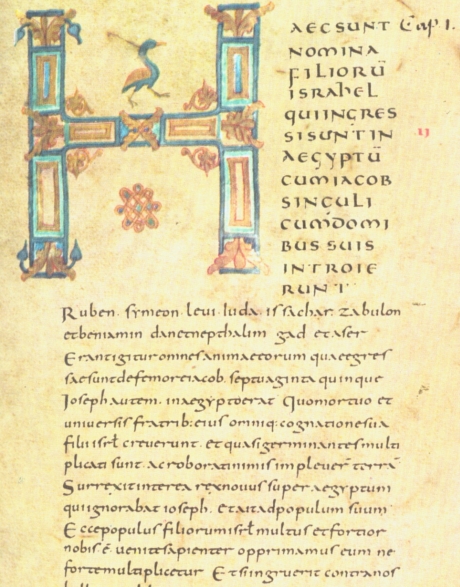
Gothic fonts were used ca. 12th to 20th century. They were highly stylised broken and there were many different variants, including:
- Textura: A font used for book manuscripts, especially of liturgical works, with narrow and difficult-to-read script.
- Bastarda: A chancery script with an aesthetic and quick-to-write hybrid form between textura and italic.
- Fraktur: A font with slanted and broken letters which were widely used from the 16th century onwards, especially as a printing typeface.

The german cursive script „Kurrent“ was in use from the 16th to the beginning of the 20th century. It is a broken script and was originally written with a quill and ink, but later also with a ribbon quill. This resulted in a direction-dependent stroke contrast, i.e. a wider or narrower stroke depending on the writing direction. Kurrent letters were closely connected, cursive-like and are difficult to read for modern readers.

Sütterlin is a simplified version of Kurrent script developed in 1911 by Ludwig Sütterlin on behalf of the Prussian Ministry of Science, Art and Culture. In contrast to Kurrent script, Sütterlin script is designed for a typeface with the same stroke width thanks to the invention of the equal-tension nib (ball point nib). Sütterlin was taught in schools from 1915 to 1942 as the basic script for learning cursive handwriting. It was abolished by the Nazi regime in 1941 as a result of Hitler’s normal script decree (Normalschrifterlass).

Internationally widely used script of the Latin alphabet from the 15th century onwards. In German-speaking countries, it only became the dominant font from the middle of the 20th century after the Nazi regime’s standardised script decree. Today, it is the most widely used script worldwide. Latin script has many variations, including: Humanist Cursive, Circumflessa, Ronde, Round Hand, Sütterlin’s Latin Initial Script, School Initial Script and Swiss School Script.

Transcription
Diplomatic transcription of German manuscripts: Kurrent, Sütterlin, Latin script, Gothic scripts etc.
Correction
Correction of transcriptions and translations (in-house and externally produced).
Translation
Translation of German transcriptions and other texts into English.
Information
Background research and explanation of incomprehensible expressions.
Genealogy
Search for ancestors and relatives in archives, parish registers and online directories.
Online publication
Preparation as an edition and open access online publication possible, e.g. in the DFG Viewer.
In addition to many smaller transcription and research projects, I have also worked on some larger projects. Four of these are briefly presented below.
Two of these projects are freely available as online editions (see links).
Scope: six books and a 90-page letter / 821,770 characters (incl. annotations)
Work carried out by me: complete diplomatic transcription, proofreading and editing, scanning, annotations and indexes, translation (German texts into English), editing and digitization concept, layout and online publication.
Commissioned by: Übersee-Museum Bremen as part of the project “WissensWandel: Open Access für weltoffene Forschung – Digitalisierung der Samoa-Studien Otto Tetens”
Link: The transcriptions are freely available as an online edition at: https://www.uebersee-museum.de/en/about-us/the-museum/collection/tetens-samoa-studies/

Background: Otto Peter Harens Tetens (*1865-†1945) was a German astronomer and meteorologist. From 1902, he set up an observatory in Apia, Samoa on behalf of the Royal Scientific Society of Göttingen. During this time he wrote a diary entitled “Diary 1902. June 12 – Dec. 14”. In addition, five books were written (partly by Samoans):
- Topography of Samoa
- Samoan nutritive plants
- Samoan remedies
- Descriptions of my fish collection
- Descriptions of the large fish species of Samoa
Today, these books are an important testimony to Samoan culture. Tetens collected numerous Samoan objects, many of which he subsequently passed on to what is now the Übersee-Museum Bremen. In a 90-page letter to Prof. Schauinsland, Tetens lists these objects and provides background information. Today, the objects are a valuable testimony to Samoan culture, some of which can only be found in this form in the Übersee-Museum Bremen.
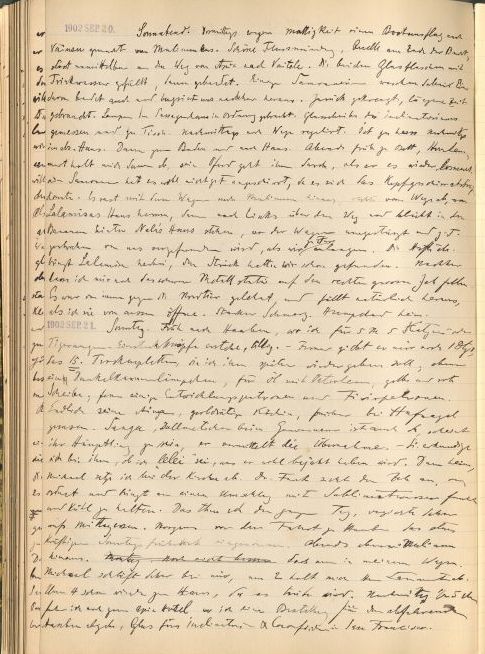
Scope: approx. 888,000 characters / five diaries:
- Spieß, Carl: Westafrica. I. 1894
- Spieß, Carl: West Africa. II. 1896
- Spieß, Carl: Westafrica. III. 1898
- Spieß, Carl: Westafrica. IV. 1898
- Spieß, Sophie: Daily remarks
Work carried out by me: complete diplomatic transcription, correction, computer-aided translation (German texts into English)
Commissioned by: Übersee-Museum Bremen as part of a project to research objects from the Ewe region (Ghana / Togo). The project is an international collaboration between researchers from Germany, Ghana, Togo and the Netherlands, as well as priests from a Vodun shrine (in Accra/Ghana).
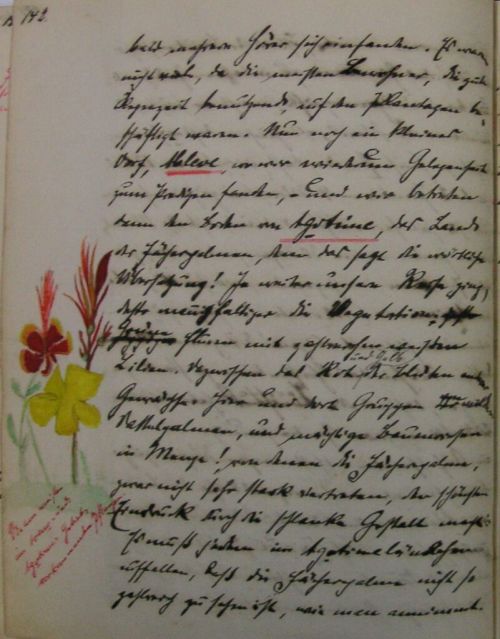
Background: Carl Spieß (*1867-†1936) was a German missionary who worked on behalf of the North German Mission in the Ewe region (Ghana / Togo) from 1892 to 1914. During this time, he wrote diaries and treatises on the culture, language and religion (especially of the Ewe), as well as on numerous topics such as geography, flora and fauna, etc. The books are of great value for research, especially with regard to the country’s religion before Christian missionary work.
Carl Spieß collected numerous objects from the Ewe region, most of which he donated to the Übersee-Museum Bremen. Most of these objects were used for religious practices of fetishism and are a valuable object of research today.
Sophie Spieß (*1875-†1968), née Schmidt, was the wife of Carl Spieß and worked with her husband in the Ewe region. Among other things, she ran a kindergarten and a sewing school there. Sophie Spieß wrote a diary of her experiences and Christian community life in her “Daily Remarks”, and also wrote humorous poems in the 93-page booklet.
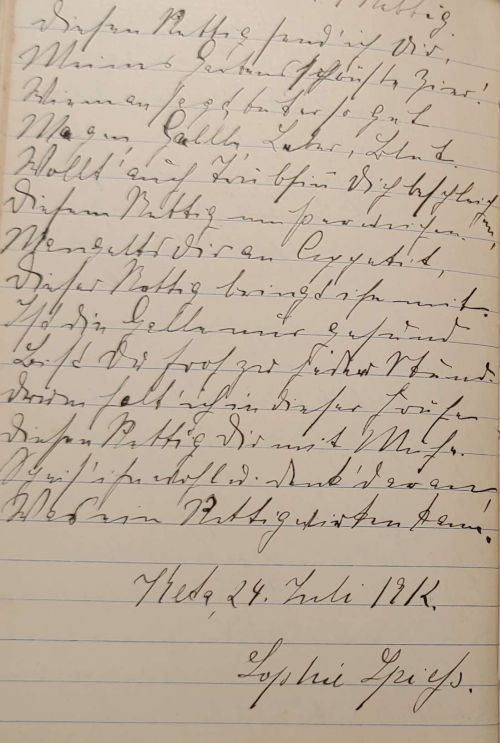
Scope of the transcription: one book with 544,768 characters (incl. annotations)
Work carried out by me: Scan, transcription and partially translation of the Middle Low German texts. Own research in preparation for the master’s thesis.
Script: Chancellery script from the middle of the 16th century, written in Middle Low German (without standardized orthography and grammar)
Subject and background: The Sparenberch Chronicle is a city chronicle of the Free Hanseatic City of Bremen, written around 1550. The chronicle records in particular the history of the city, but also major political events, especially contemporary records of the Reformation and the Schmalkaldic War. As was customary for chronicles of this period, the events were written down chronologically, with those entries that had taken place before the author’s experience being taken from other chronicles with minor changes. Sparenberch thus primarily continued the Bremen chronicle “Historia archiepiscoporum Bremensium” and the chronicle by Rinesberch/Schene/Hemeling. My transcription of the Sparenberch Chronicle is being prepared for publication in an edited form.
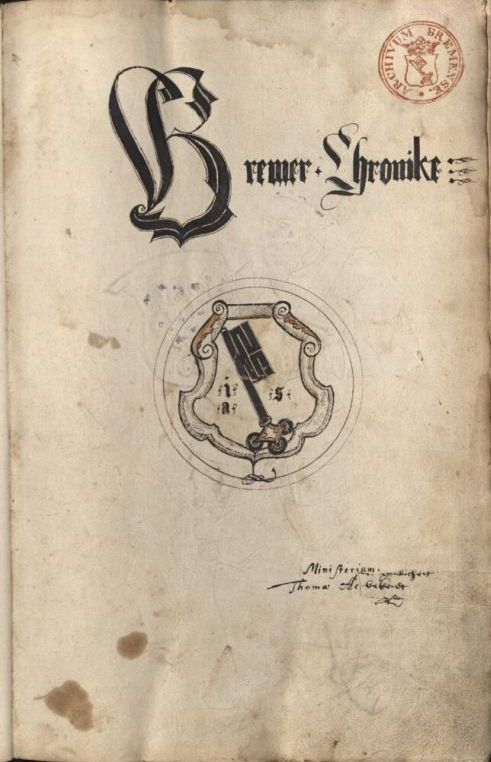
The Schrebitz parish register is a record of the village jurisdiction of Saxony, Germany from the 16th and 17th centuries. As part of a major project lasting several semesters in the Master’s degree course in History at the University of Bremen, I played a key role in its transcription, editing and publication. The Schrebitz parish register comprises 127 pages with 164 entries and is written in Middle Low German.
Online edition: https://media.suub.uni-bremen.de/handle/elib/5412

Christophe Schindler
Historian
Study at the University of Bremen, Germany
Subjects B.A.: History / Geography
Subject M.A.: History
In addition to my work at the museum, I offer freelance scientific transcriptions and related work.

Contact me
Please send a message or price enquiry using the contact form opposite. Alternatively, you can send an email to the following address: anfrage@transkriptwerkstatt.de
Don't forget your scan!
The cost of transcriptions varies greatly depending on the manuscript. Therefore, please remember to provide a scan of the manuscript in good resolution when requesting a transcription. You can send individual scans as email attachments, for larger projects I will send you a cloud link and you can upload your files there.